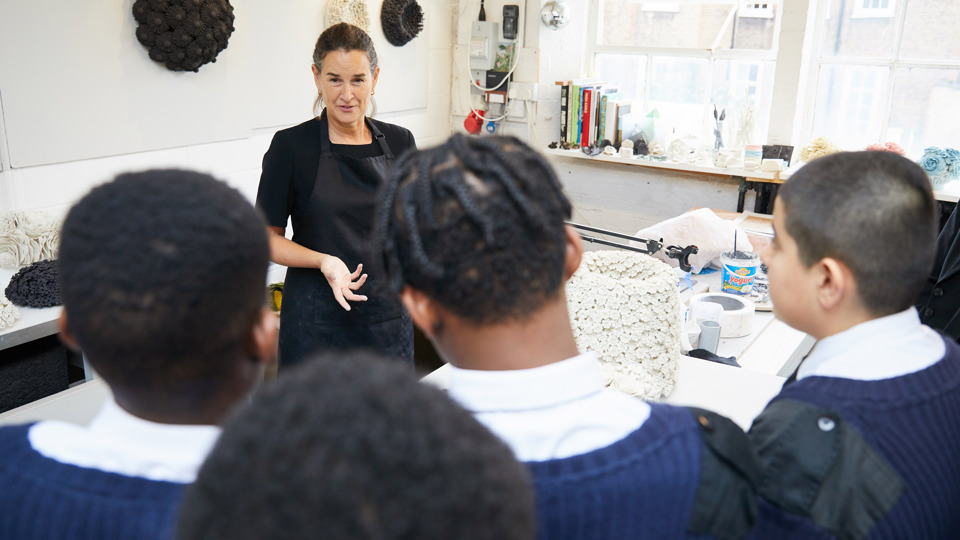One school putting apprenticeships at the heart of their careers programme
10 Feb 2022

John Ramsdale is the Senior Assistant Headteacher at Penwortham Girls’ High School in Lancashire. He leads on their careers programme and tells us how they have put apprenticeships at the heart of their offer to students.
“The problem we have at Penwortham is we’re surrounded by exceptional sixth form colleges. Some of the best sixth forms in the country are on our doorstep, providing genuinely incredible academic courses for our young people. For many years that meant young people would go down that pathway as standard.”
John knew this was a problem. Not only were students not knowing enough about alternative routes, but the school also started to see an increase in the number of their former students dropping out of sixth form.
“Apprenticeships at our school have moved from something people are dimly aware of to having complete parity of esteem. We’ve moved from 3% of our students going down an apprenticeship route in 2019 to 10% in 2020. But more than that, 100% of our students now go on to a positive, sustained destination after they leave us.”
John, alongside the school’s Careers Adviser, took a three-part approach to driving up excitement about apprenticeships.
First, they wanted universal knowledge about apprenticeships among their students. John said: “We took an incredibly activist approach. We carpet bombed Year 10 and Year 11 students with information about what apprenticeships were, how they apply, stories of ex-students, and information about employers who offered them. All year groups had assemblies focused on them.
Read our Trends in Careers Education report
Find out more about how schools and colleges prepared their students for the world of work last year.
Download the reportWe didn’t just want to talk about apprenticeships and then leave it at that.John Ramsdale, Senior Assistant Headteacher at Penwortham Girls’ High School
We had careers days where the whole school downed tools and focused on future careers, which included hearing directly from former students who were now apprentices, as well as other businesses who might recruit them.”
Second, they increased the support available to students when they apply for an apprenticeship. “We didn’t just want to talk about apprenticeships and then leave it at that. Whenever a local employer is recruiting an apprentice, we contact the target year group, inform their parents, and invite them to come in and discuss it with us. We help them with the application, answer questions about what it means for their education and provide as much guidance as possible.”
Third, they personalise their careers programme to help those who need additional support. “I regularly meet our Heads of Year, our pupil premium coordinator and our Careers Adviser to identify which students might need additional careers support. They might need more of a hand to hold, more tailored advice and support, or more one-to-one work with their parents. Ultimately we want every one of our young people to go down the right path for them, whatever it might be.”
For John, while these are some of the key ways he has driven up apprenticeship applications, they aren’t the only way. “We run CPD for staff. We bring in ex-students and our network of parents, particularly those who work in industries that employ apprentices. During lockdown we ran drop-in sessions and lunchtime workshops.”
When asked what his key advice is for other schools who want to drive up awareness and applications for apprenticeships, John said “make as many contacts with both apprenticeship providers and those who have gone down the apprenticeship route, and then use them strategically as part of your careers programme.”
This article first appeared in our recent Trends in Careers Education report. Read more about how schools and colleges prepared their students for the world of work last year in Trends in Careers Education.



